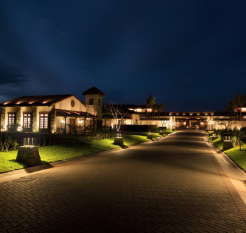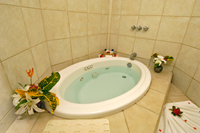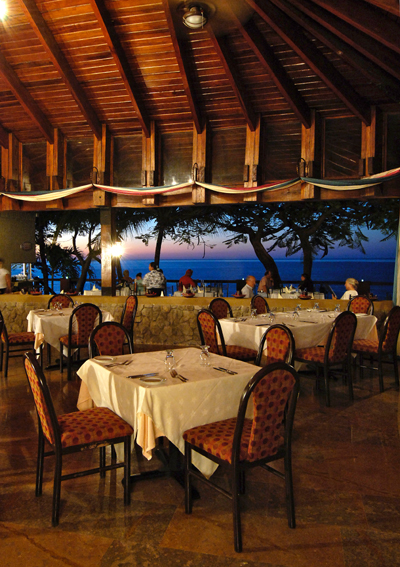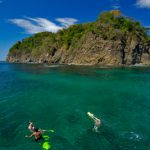Destination Overview:
Costa Rica is a small mountainous country on the narrow Central American isthmus. The climate is idyllic. In the lowlands, which are dry in the Pacific Northwest and humid elsewhere, daytime temperatures range within the eighties and nineties. Located in the tropical latitudes, between the giant biological influences of North and South America and bordered by two oceans, mountainous Costa Rica enjoys an immense diversity of climates and ecosystems.
Diving Details:
The diving off Costa Rica’s northwest coast is centered around volcanic rock pinnacles. Typical dives start at about 40 feet, gradually going deeper as you move around the pinnacle. Expect colorful Cortez and King Angelfish, pufferfish, jewel and Pacific moray eels, 3 to 5 different types of parrotfish, and occasional sea turtles. All of the local dives are within a 45 minutes boat ride. At the long range dive sites of the Bat Islands and the Catalina Islands, you’ll likely encounter bull sharks, schools of mantas, and possibly even whale sharks!
Insider Information:
If possible, extend your trip a few days. In addition to excellent diving, Costa Rica offers many opportunities for adventure. From exploring active volcanoes, to river rafting, to trekking through the rain forest, to ziplining through the canopy….the options are practically endless.




























































